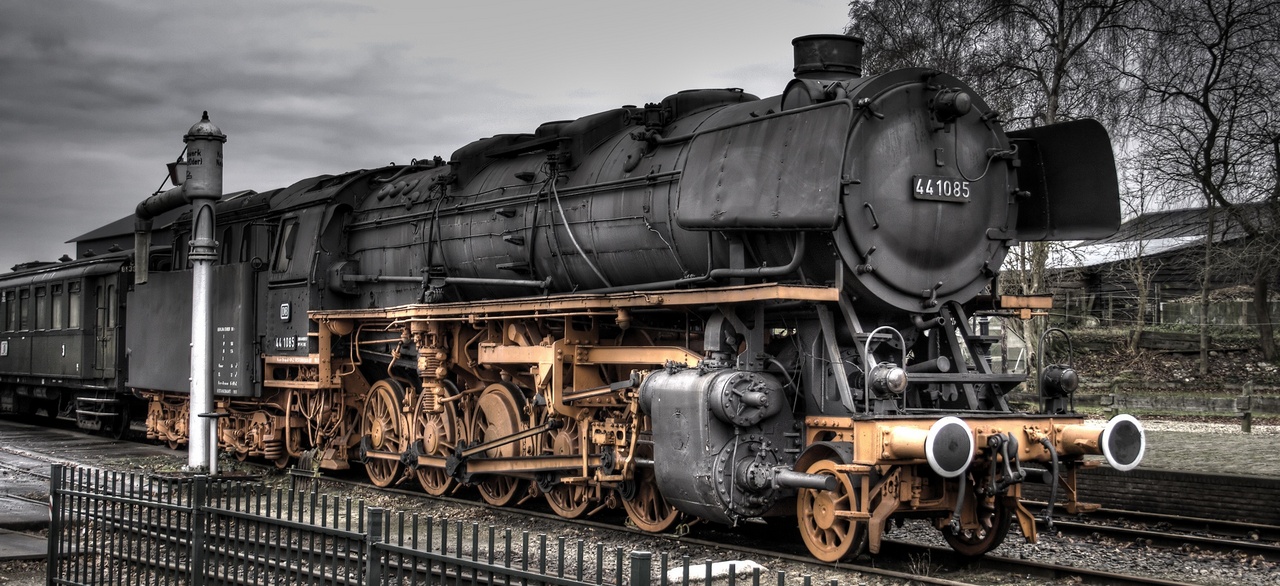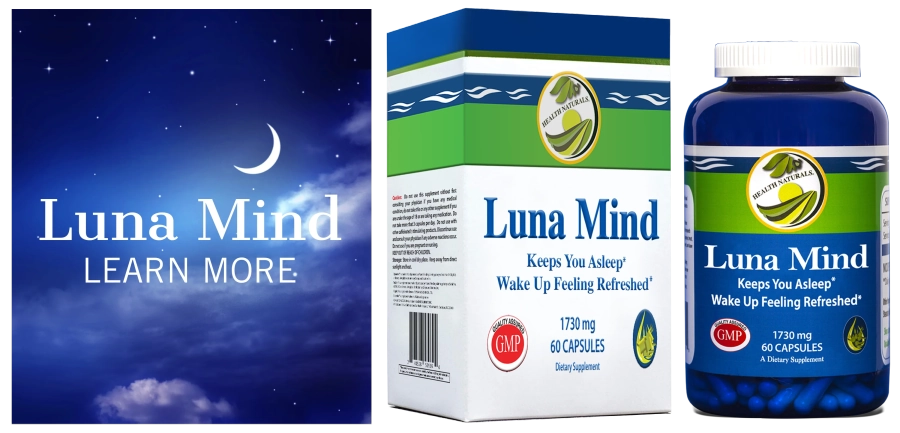There’s something special about cooking with a well-seasoned cast iron skillet. However, over time, these cherished kitchen companions may develop rust or lose their luster. The good news is that with a little care and attention, you can bring new life to your old or rusty iron skillet. There’s something special about cooking with a well-seasoned cast iron skillet. However, over time, these cherished kitchen companions may develop rust or lose their luster. The good news is that with a little care and attention, you can bring new life to your old or rusty iron skillet.
Restoring Kitchen Magic
How to Repair an Old or Rusty Iron Skillet
Removing Rust:
Rust is a common issue with neglected or improperly stored iron skillets. To remove rust, start by scrubbing the affected areas with a stiff brush or steel wool. You can also use a vinegar solution (one part vinegar to one part water) to soak the skillet for a few hours, which will help loosen stubborn rust. Afterward, rinse the skillet thoroughly and dry it completely to prevent further rusting.
Restoring the Seasoning:
The seasoning is the protective layer that develops on the surface of a cast iron skillet, providing a non-stick coating and enhancing the flavor of your dishes. If your skillet’s seasoning has deteriorated, it’s time to restore it. Start by applying a thin layer of vegetable oil or flaxseed oil to the entire skillet, inside and out. Place it upside down in an oven preheated to 375°F (190°C) and let it bake for an hour. This process will help build a new, robust seasoning layer.
Smoothing Rough Surfaces:
If your iron skillet has rough spots or areas of flaking, it’s important to smooth them out to prevent food from sticking. Use sandpaper or a steel wool pad to gently scrub the rough areas until they become smooth. Be cautious not to remove too much material and maintain the skillet’s original shape and thickness.
To keep your restored iron skillet in excellent condition, proper maintenance is crucial. After each use, clean the skillet with hot water and a soft brush. Avoid using soap, as it can strip away the seasoning. Dry the skillet thoroughly, then apply a light coating of oil to protect it from moisture and prevent rust.
Enjoy the Fruits of Your Labor:
Once your old or rusty iron skillet is repaired and restored, it’s time to enjoy its renewed cooking prowess. From sizzling steaks to perfectly seared vegetables, your skillet will once again become the hero of your kitchen, delivering exceptional heat distribution and unparalleled cooking performance.

